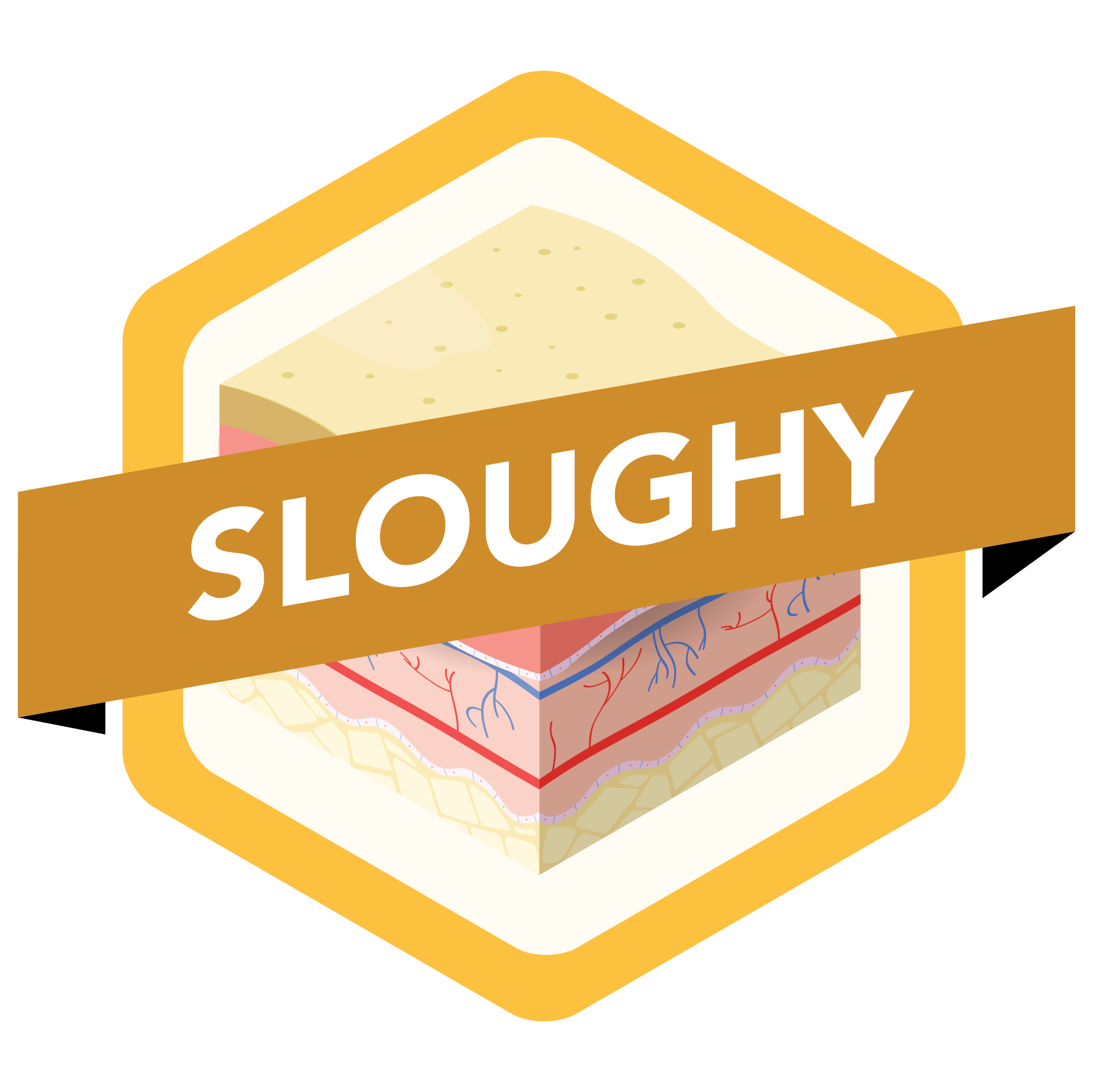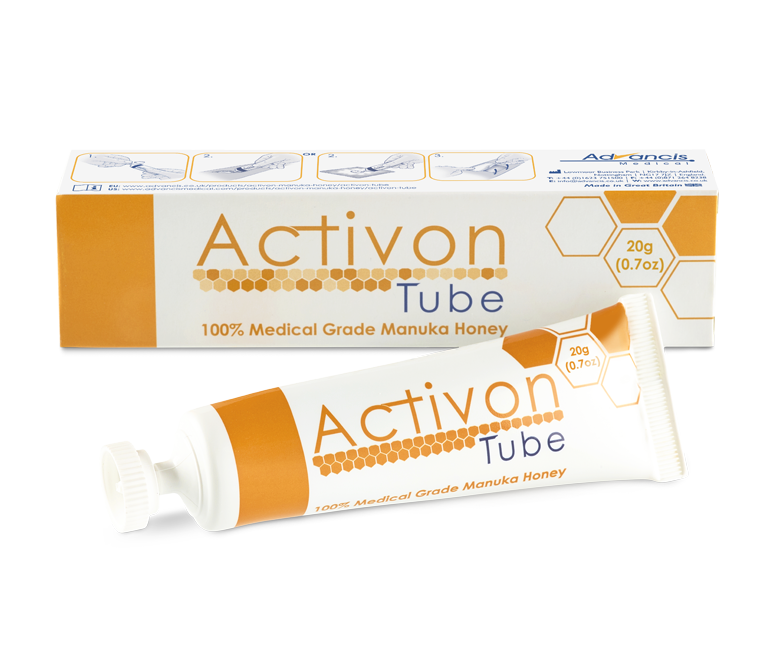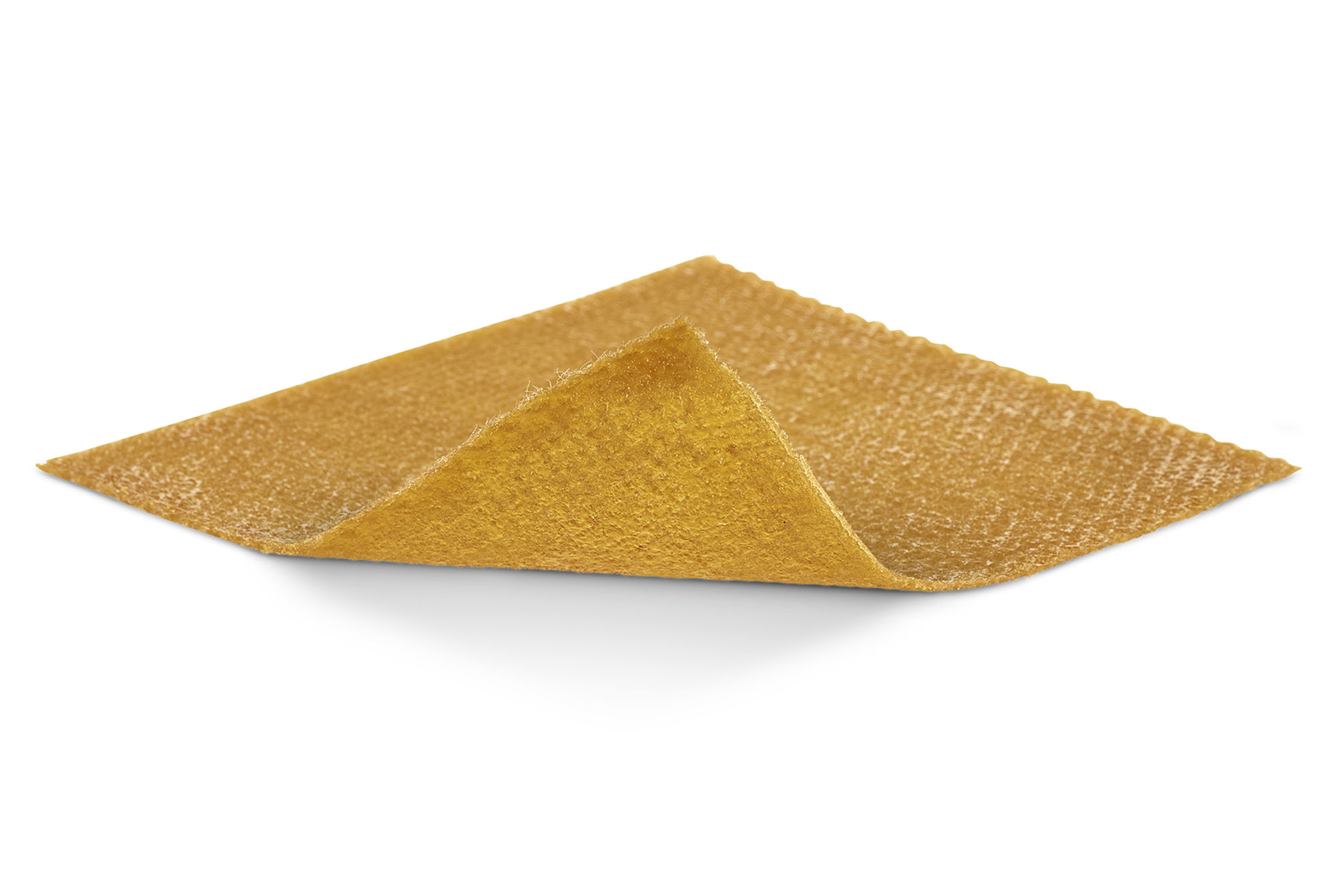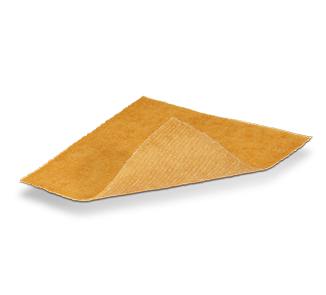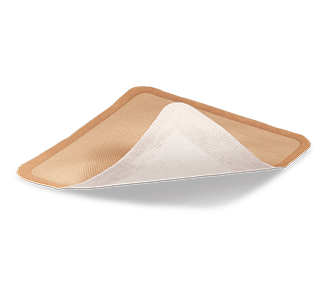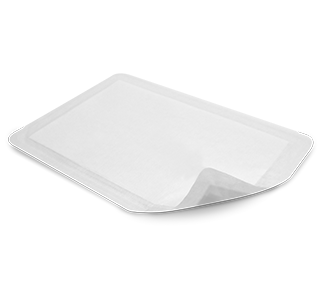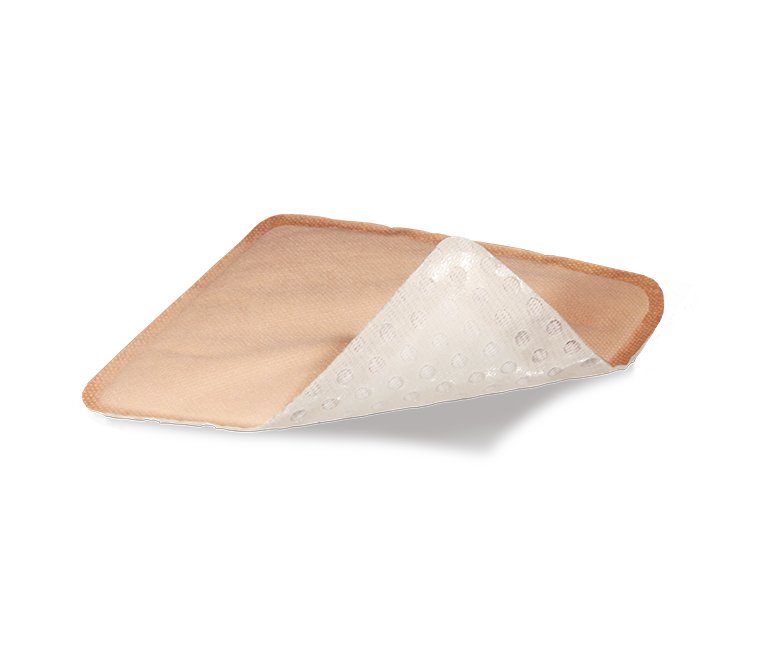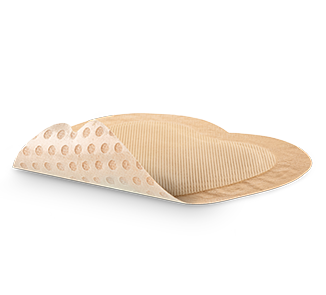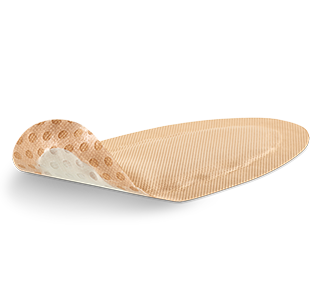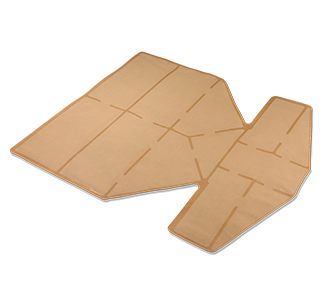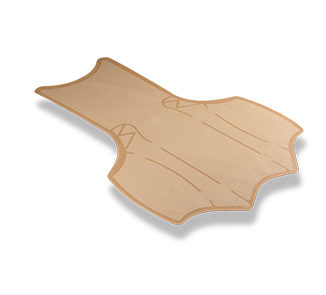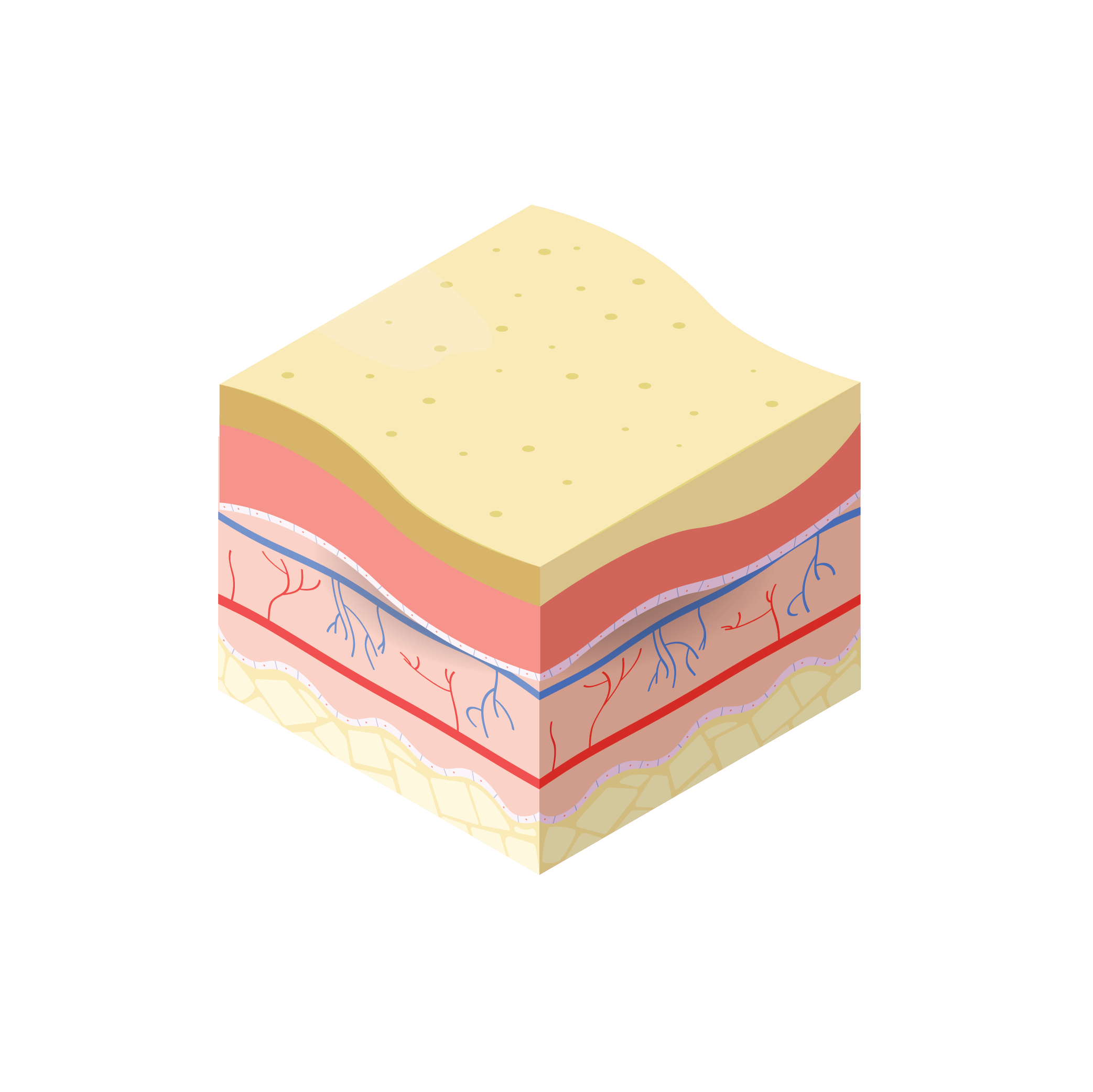
What is a Sloughy Wound?
Slough refers to the yellow/white material in the wound bed; it is usually wet, but can be dry, and generally has a soft texture. It can be thick and adhered to the wound bed, present as a thin coating, or patchy over the surface of the wound.
Slough consists of dead cells that accumulate in the wound exudate. During the inflammatory stage of healing, neutrophils congregate at the wound site to fight infection and clear away debris and devitalised tissue. They will often die faster than they can be removed by the macrophages and so accumulate in the wound as slough.
The presence of slough can have several different outcomes:
- Prolonging the inflammatory response
- Attracting bacteria to the wound
- Increased odour and exudate
- Preventing the wound from progressing through the wound healing process.
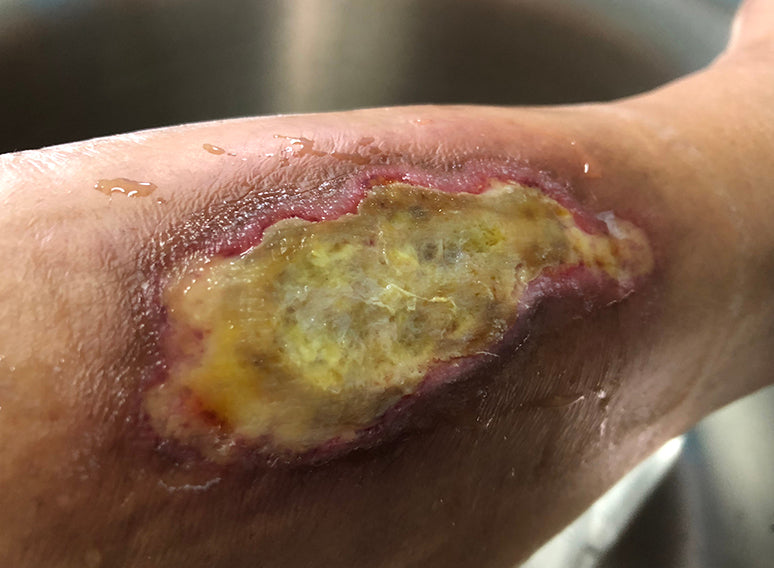
Treatment Aims
Wounds should be desloughed to avoid infection, remove devitalised tissue and promote autolysis. The wound should be rehydrated and exudate controlled to prepare the wound bed for healing. As a guide, if the wound has dry adherent slough on the wound bed, a dressing that will donate moisture should be selected. If the wound is sloughy and exudating, then a dressing that is absorbent enough exudate to minimise the risk of peri-wound maceration should be selected.
Products that treat Sloughy Wounds
Wound Types
Select a wound type below to discover more...
-
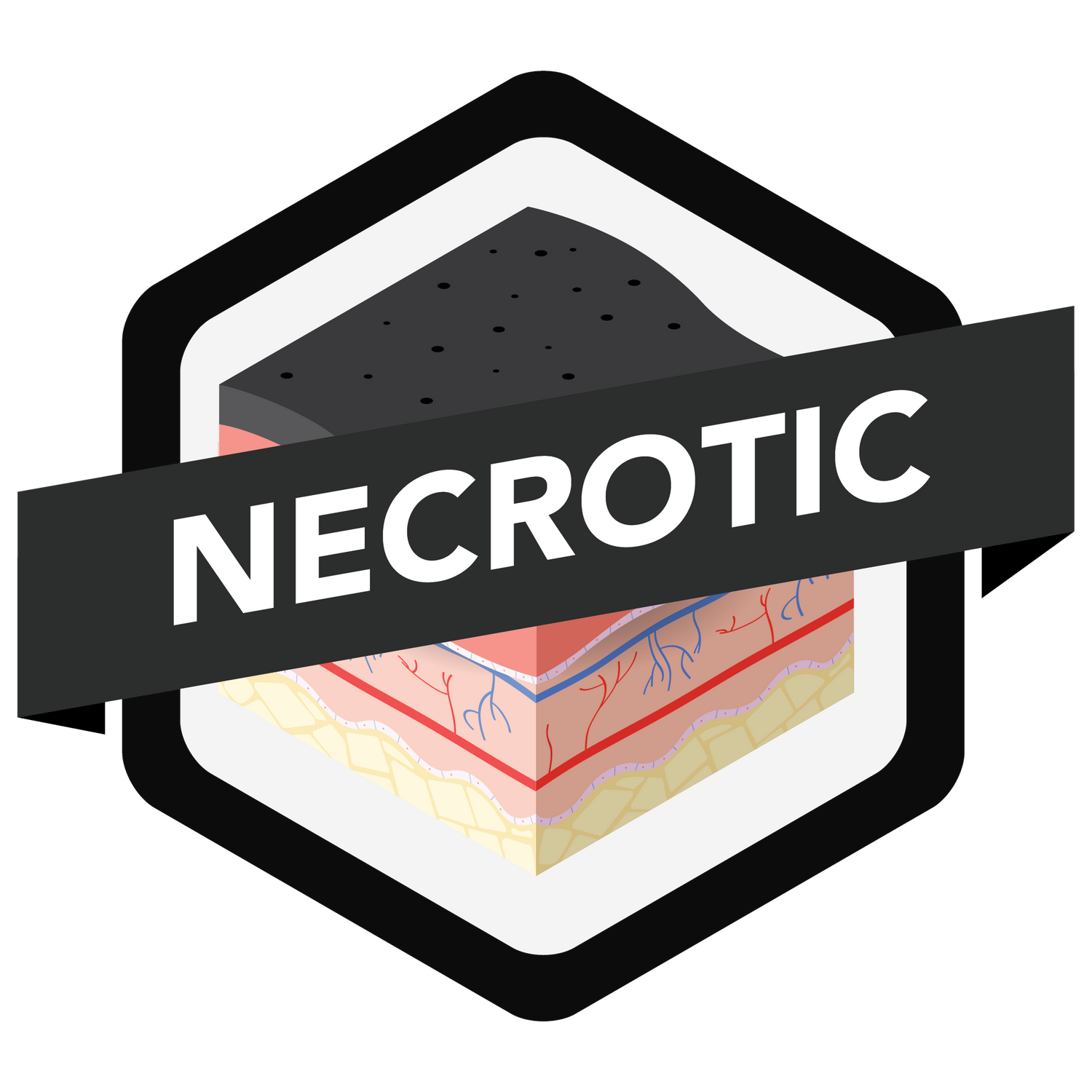
Necrotic tissue is dead or devitalised non-viable tissue which impedes wound healing.
-

Granulation describes the appearance of the red, bumpy tissue in the wound bed as the wound heals.
-
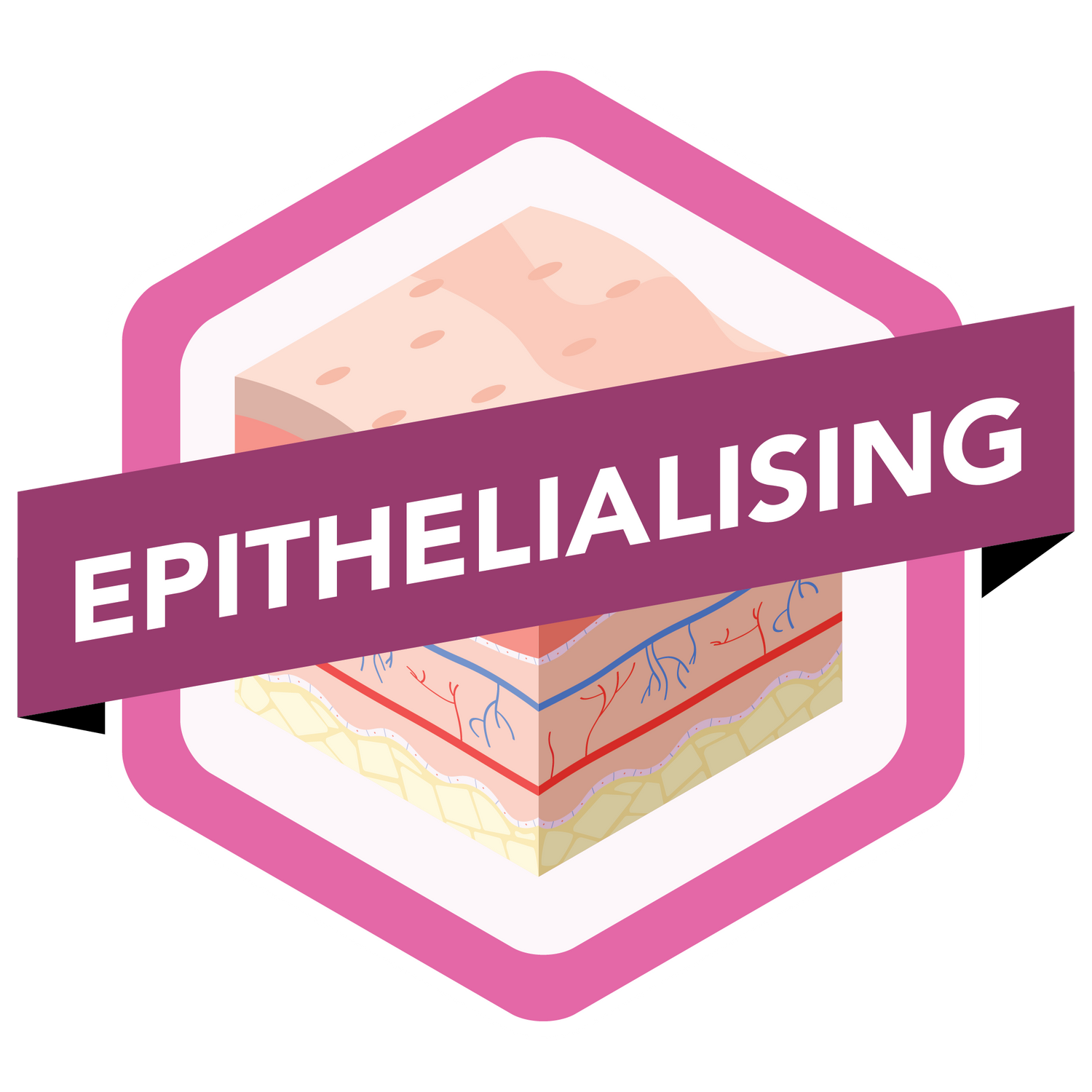
Epithelialisation is the final stage of wound healing and is pink/white in colour.
-

Cavity wounds can be defined as a wound that extends beneath the dermis.
-

A fungating wound develops when cancer that is growing under the skin breaks through the skin and creates a wound.
-

A scar may appear flat, lumpy, sunken, or coloured.
-
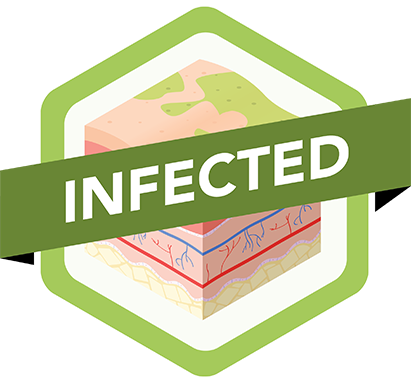
Infection can develop in any type of wound and is usually accompanied by pain, inflammation and swelling.
-
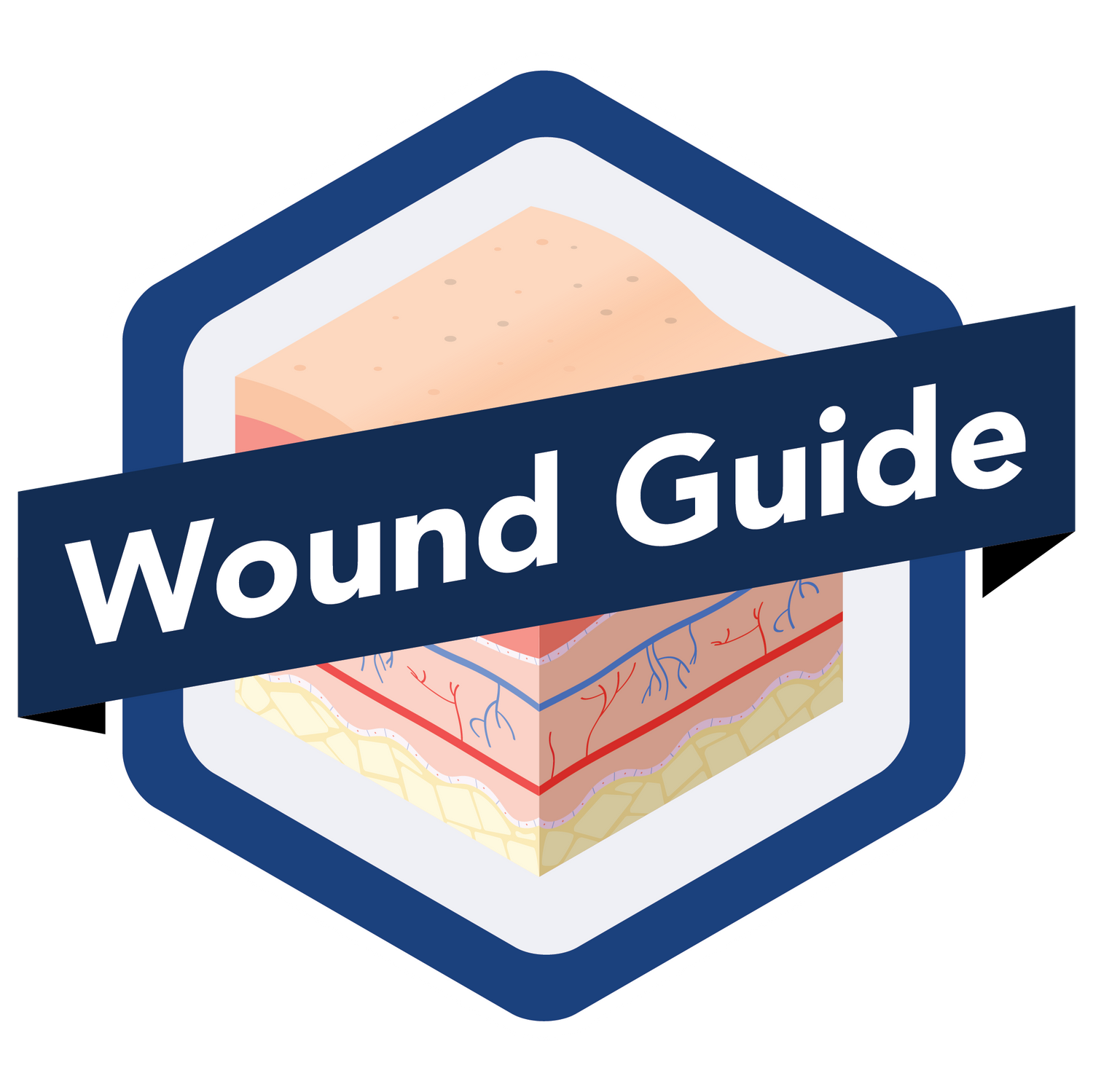
Return to the Wound Guide Information Page


